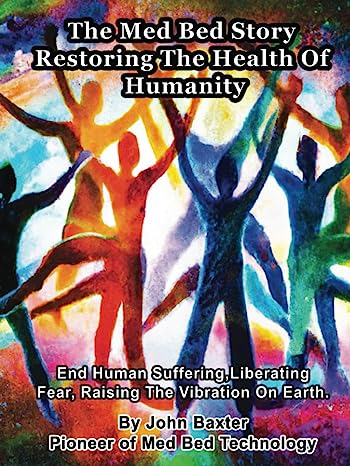In the evolving world of wellness, biohacking your environment plays a pivotal role in enhancing health and well-being. This comprehensive guide explores the concept of environment biohacking—the art and science of shaping your surroundings to support your biological health optimally. Here, we delve into practical strategies to transform your living and working spaces into areas that promote physical and mental wellness.
Understanding Environment Biohacking
Environment biohacking focuses on adjusting your immediate surroundings to better support your body's natural functions and promote health and productivity. This can include everything from air quality and lighting to furniture arrangement and noise levels, with the goal of creating environments that enhance your body's ability to perform at its best.
Key Strategies for Optimizing Your Environment
1. Optimize Lighting
- Natural Light: Maximize exposure to natural light by arranging workspaces near windows or using light therapy devices to mimic natural light, which can help regulate your circadian rhythm and improve mood and alertness.
- Reduce Blue Light Exposure: In the evening, reduce exposure to blue light from screens, as it can disrupt sleep patterns. Consider using blue light blocking glasses or installing apps that filter the blue wavelength at night.
2. Improve Air Quality
- Air Purifiers: Use air purifiers to reduce pollutants, allergens, and pathogens in your indoor environment. Opt for units with HEPA filters for best results.
- Plants: Incorporate indoor plants that naturally purify the air, such as spider plants, snake plants, and peace lilies, which also add a calming aesthetic to your space.
3. Control Acoustics
- Noise Reduction: Implement soundproofing techniques or use white noise machines to manage background noise, which can be crucial for concentration and stress reduction.
- Harmonious Sounds: Integrate elements that create soothing sounds, like water features or soft background music, to enhance focus and relaxation.
4. Ergonomic Design
- Furniture: Invest in ergonomic furniture that supports posture and comfort, particularly for work areas. Ergonomic chairs and adjustable desks can significantly reduce the risk of strain and injury.
- Layout: Design your space to encourage movement and make your environment more dynamic. This could involve setting up different zones for various activities like working, relaxing, and exercising.
5. Mindful Decor
- Colors: Choose wall colors and decorations that evoke tranquility and happiness. Soft greens and blues can calm the mind, while vibrant colors like yellow and orange can boost energy and creativity.
- Personal Touches: Incorporate personal items that bring you joy or relaxation, such as photos, artwork, or keepsakes, to make your space more comforting and inspiring.
6. Technology for Wellness
- Smart Home Devices: Utilize smart home technology to fine-tune your living environment effortlessly. Smart thermostats can adjust the temperature to your circadian rhythm, and smart lights can dim or change color to help you wind down at night.
7. Create a Wellness Zone
- Dedicated Space: Establish a dedicated area for meditation, yoga, or relaxation. Equip this space with mats, cushions, and perhaps essential oil diffusers to enhance the peaceful atmosphere.
Challenges and Considerations
While transforming your environment can have profound benefits, it's important to approach these changes gradually and thoughtfully:
- Individual Needs: Tailor your biohacking efforts to your specific health needs and lifestyle preferences.
- Cost and Practicality: Be mindful of budget and space constraints when implementing new technologies and designs.
- Ongoing Adjustment: Continue to refine your environment as your needs and technologies evolve.
Conclusion: Harmonizing Your Habitat
Biohacking your environment is about more than just aesthetics; it's about creating spaces that actively contribute to your health and productivity. By implementing these strategies, you can craft environments that not only look great but also support every aspect of your well-being, allowing you to live, work, and relax more effectively.




